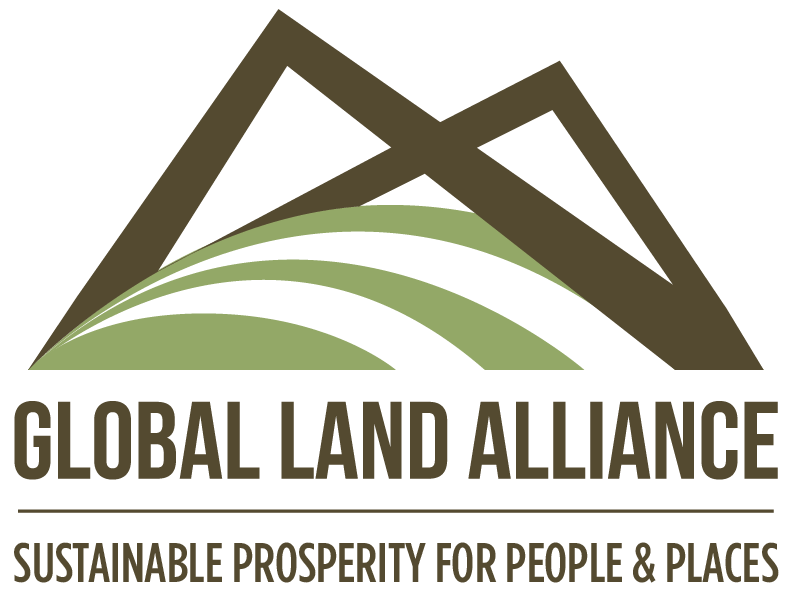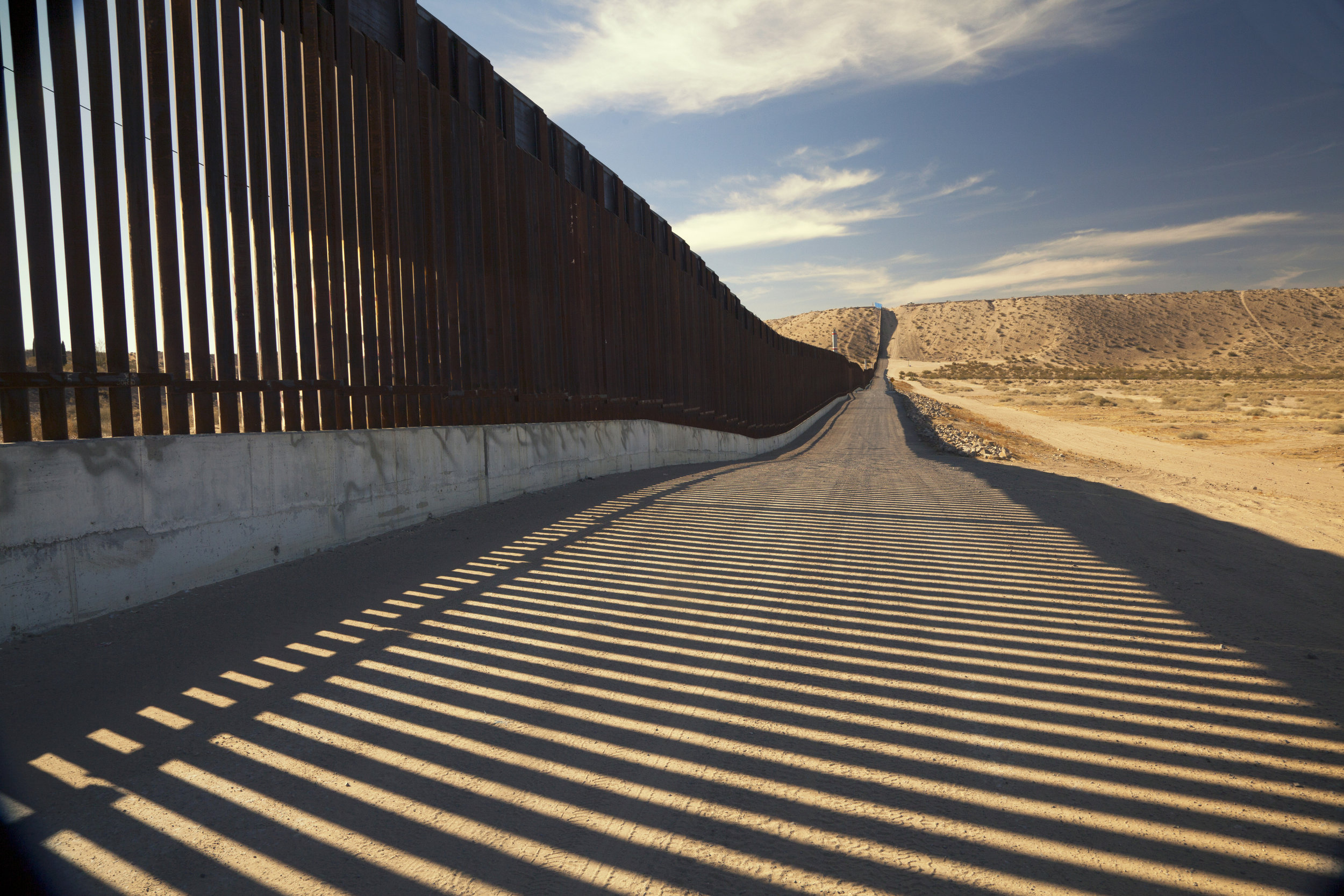State of Emergency, The Border Wall, and its Implications for Property Rights
By Christen Corcoran
With the recent declaration of a State of Emergency by President Trump to build a border wall between the US and Mexico, questions about property rights and property security come to the forefront. Discretionary powers potentially available to the president may be used to expropriate private property. The use of this Emergency power raises fundamental questions about the integrity of property rights and rule of law in the United States under this declaration and for potential future applications.
What does a State of Emergency mean and why do we have this provision in our legal system?
A State of Emergency exists in a constitutional-legal system to allow for political action to respond to an exceptional or extraordinary crisis. John Locke, the father of classical Liberalism, noted that ordinary legal structures cannot respond to situations of war or peril. A constitution, under normal conditions, establishes limits for the action of the executive and is meant to regulate the legal course of action. In a situation where the very existence of a state and its members is at risk, power must be consolidated to the executive in order to rapidly respond to the crises. This provision of constitutional law was established out of necessity: a necessity to be able to react to an attack when the legal order cannot prescribe a response.
Emergencies move faster, more urgent, than the capacity of the established legislative process. Therefore, it is seen by constitutional theorists as a necessity to handle emergencies outside established legal boundaries. This includes the well-established principles in the US Constitution that Congress holds the “power of the purse” and the courts hold the power of legal oversight. This political action of the US president takes on legal characteristics that have the immediate ability to affect the lives of everyday citizens. Emergency powers are expansive and operate outside of the normal, constitutional order.
“the circumstances which may affect the public safety are [not] reducible within certain determinate limits . . . there can be no limitation of that authority which is to provide for the defense and protection of the community in any matter essential to its efficacy” –Alexander Hamilton, The Federalist No. 23
Many modern day legal scholars believe eminent domain to be an exclusive privilege of the legislature and cannot, even in an emergency, be consolidated to the executive. The mechanisms by which the State of Emergency may affect the use of eminent domain to expropriate private property are far from clear, however property acquisition through ‘taking’ would certainly be a key component to the construction of a border wall. The president will seek to consolidate powers to obtain border land.
The National Emergencies Act (NEA) enacted September 14, 1976, is a United States federal law which formalizes the emergency powers of the president, and the process of establishing a national emergency. Section 301 of the Act stipulates that the Emergency powers cannot be exercised until the president has defined the exact provision which authorizes action under the Emergency. Upon the declaration of Emergency on February 15th, 2019 the White House cited U.S. Code § 2808 – which elaborates on the construction authority of the president when declaring the Emergency, and which by extension may become a foundation to seize property:
“In the event of a declaration of war or the declaration by the President of a national emergency in accordance with the National Emergencies Act (50 U.S.C. 1601 et seq.) that requires use of the armed forces, the Secretary of Defense, without regard to any other provision of law, may undertake military construction projects [emphasis added], and may authorize the Secretaries of the military departments to undertake military construction projects, not otherwise authorized by law that are necessary to support such use of the armed forces. Such projects may be undertaken only within the total amount of funds that have been appropriated for military construction, including funds appropriated for family housing, that have not been obligated.” (10 U.S.C. 2808a).
What Powers are Consolidated?
Emergency provisions allow for the US president to have various extended powers beyond the mobilization of military forces. The powers are provided based on the emergency to which it responds. These include: the ability to financially incapacitate any person or organization in the U.S., ability to seize control of national communications infrastructure, expand the permissible size of the military without congressional authorization, and extend tours of duty without consent from service personnel, and a further 100 special provisions that are currently available to the president through the 31 other State of Emergency declarations presently active.
With the Emergency Declaration, the president is putting in place conditions for the potential use of expanded powers. The emergency nature of this action is meant to bypass normal legislative processes which may enable the federal government to seize property from unwilling owners through the use of eminent domain to secure land to build the wall along the border. Widening the use of eminent domain to acquire properties for border wall construction is expected and property owners in the border region are already signaling they will challenge these powers in court.
What can we expect for Property Rights on the Border During this Emergency Declaration?
Who owns the border land? The federal government owns about 30% of the land along the border. The remainder is owned by private owners, Native American communities and state governments.
Although it may take many years to build the wall, the plans described by the president appear to seek to rapidly seize properties en-masse along large swathes of private land adjacent to the US-Mexico border. It is unclear at the time of this writing how mass eminent domain will be handled, many legal scholars believe it to be impossible to consolidate and execute outside of Congressional oversight. If the president succeeds in allocating himself these powers, it would have permanent consequences for the 5,000 land owners along the borderland. In many cases they will not take full properties, but rather portions of land which will need to be surveyed and the modified surveys receiving local government and county certifications for subdivision of parcels and then subsequent preparation of new deeds or modified deeds – will need to be recorded in the county registry of deeds. Once a deed changes hands from private owner to the Department of Homeland Security, the transfer will not be undone with the conclusion of the national emergency.
Under normal exercise of eminent domain, law requires “fair compensation”. However, the establishment of what constitutes “fair compensation” and due process for valuation is controversial in border cases even in “normal” circumstances. The standard for “fair” is not well-defined and has been disputed in standard applications.
During a panel discussion at the New America Foundation in Washington DC on property rights at the border on Feb 13th, 2019, Journalist Kiah Collier reported cases of private property seizures happening within hours - from the time the owner is notified to the time the courts allocate Federal ownership, even before the emission of the national emergency declaration. This happens under what is known as the Declaration of Taking and “quick takes” which occurs under legal processes in court. The expedited process was accomplished within normal, legal framework to property owners wherein the courts can swiftly issue condemnation rulings and quickly take property; only after which is compensation negotiated. Under the Emergency Declaration it could be much more (1) expedited and (2) dire if eminent domain could be accomplished outside of the normal proceedings.
Prior to the declaration of the State of Emergency, Congress provided an affidavit to allow the Department of Homeland Security to more easily build the wall. The affidavit waived application of the Endangered Species Act, the Clean Air Act, Clean Water Act, Native American Graves Protection and Repatriation Act, the American Indian Religious Freedom Act, National Historic Preservation Act and 25 laws and regulations that directly impact environmental protection and land management along the wall. The precious lands along the border with vulnerable species and flora could be compromised. In most locations, the proposed wall is not located directly on the border itself. This will isolate housing communities located in between Mexico and the wall, with major implications on quality of life and access to livelihood of these communities.
The status of Native American land is also a question under the Emergency Declaration. What will the expansion of Emergency powers imply for the Tohono O’odham native land that traverses the wall, where family members would be separated? Condemnation and “fair” compensation proceedings could happen even to tribal land under legal norm through a bicameral decision in Congress. Much anxiety has been created for this tribe as there is not clear protection for their land should some of these exceptional powers be implemented. “A wall would not just split the tribe’s traditional lands in the United States and Mexico, members say. It would threaten an ancestral connection that has endured even as barriers, gates, cameras and Border Patrol agents have become a part of the landscape” (Santo 2017).
The vulnerability of the property owners on and near the border has not gone unnoticed. Lawsuits have been filed from private property owners within hours of the declaration. Politicians are attempting to put forth protocols to protect vulnerable border property owners. House Democrats introduced H.R. 1232, H.R. 1233, and H.R. 1234 preemptive to the State of Emergency declaration. If passed, these laws will: (1) take away overly broad authority granted to the Secretary of Homeland Security to unilaterally waive “all legal requirements” to construct barriers along the border, (2) provide $20 million for low income land owners on the border to fight property seizures, and (3) will ensure that landowners are fully and properly compensated before the government seizes their land to build the wall, respectively. It remains to be seen how the State of Emergency powers would be applied, but it could circumvent many of these efforts.
State of Emergency declarations shift the operation of rule of law. This particular declaration could potentially have especially strong implications on property rights for those along the border. Even if the president’s powers under the declaration of emergency is tied in court for years and eminent domain is not consolidated, the implications of property rights within our own borders and crisis-induced insecurity must be considered. It is an important moment for property rights security in the US for affected- citizens, Congress and those concerned with land governance to be strongly aware of the potential expansion of powers to the executive during this crisis.
National Emergencies Act, Pub. L. No. 94-412. Codified in part at 50 U.S.C. § 1621, 1631.
Santo, Fernanda (2017): “Border Wall Would Cleave Tribe, and Its Connection to Ancestral Land”. The New York Times, Feb 20, 2017. (Article).
United States Code (2006): “Construction Authority In The Event Of A Declaration Of War Or National Emergency”. Supplement 4, Title 10 - Armed Forces. Subchapter I - Military Construction. Sec. 2808.
Hamilton, Alexander (1787): “FEDERALIST No. 23. The Necessity of a Government as Energetic as the One Proposed to the Preservation of the Union” THE FEDERALIST NO. 23.



